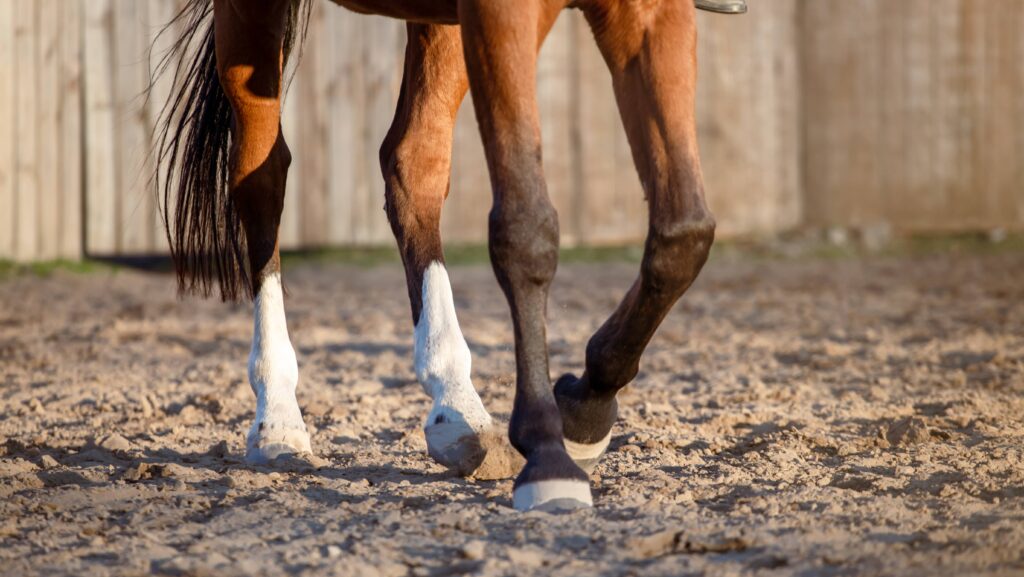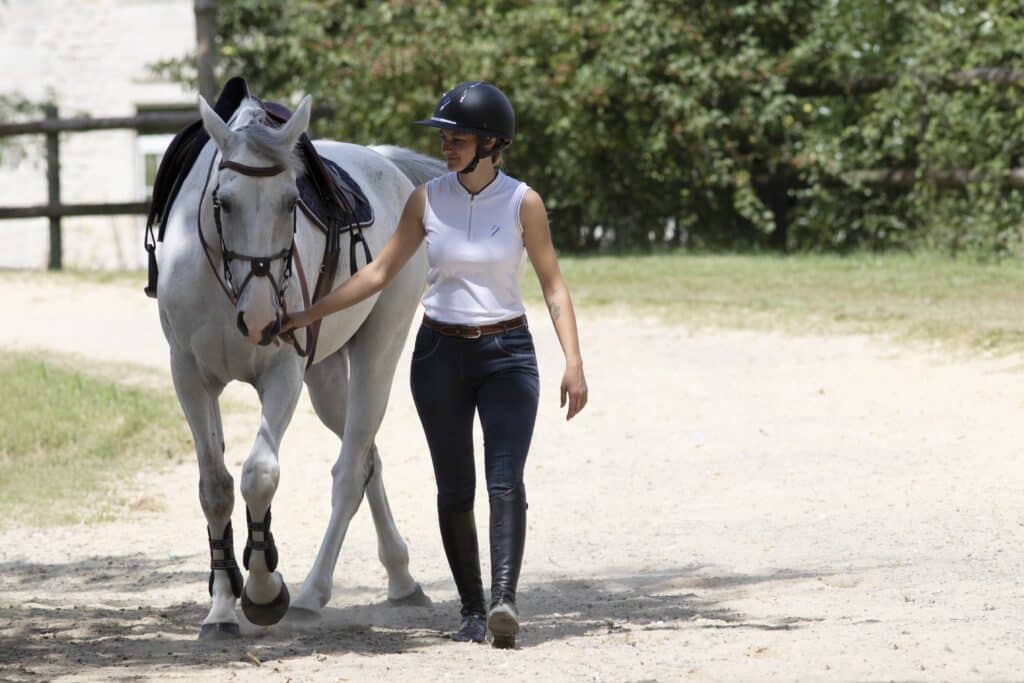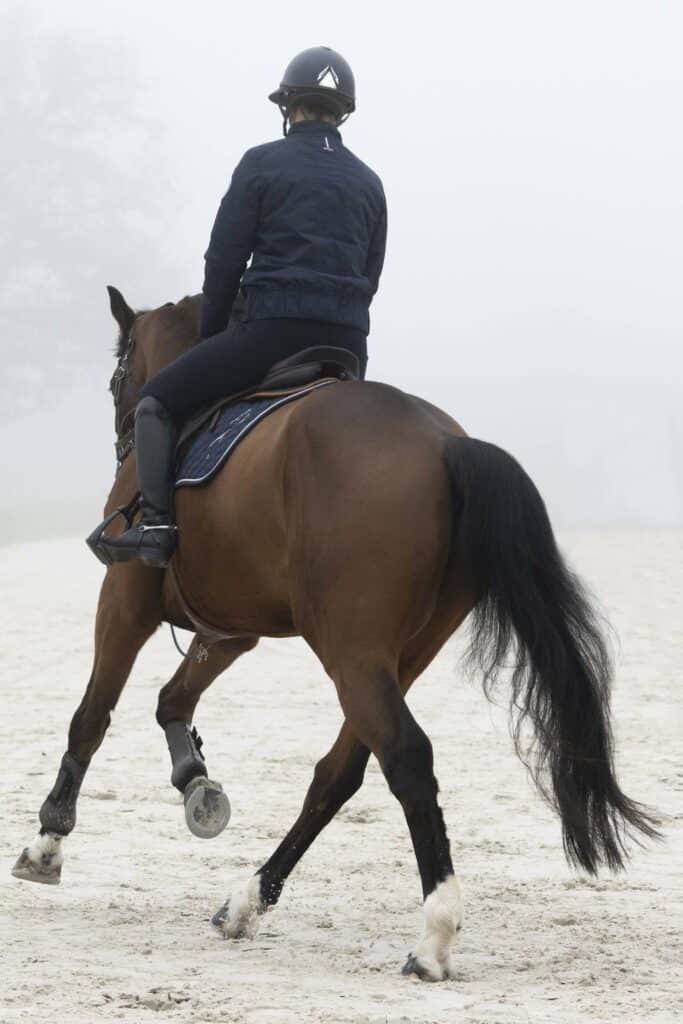Advice
Relaxation for your horse: Preparing for a workout
22 August 2022

Advice
22 August 2022

Relaxation is a key moment in a riding session. Designed to get your horse’s muscles warmed-up, relaxation sessions help it switch from a resting state to one of readiness for action. Relaxation sessions don’t just happen like that, though. You have to get the horse’s entire metabolism working. Fats and sugars are burnt to provide energy and set the body in motion. Heart and breathing rates rise. Muscles warm up and the blood vessels swell to increase the flow of blood, as well as the oxygen and sugars it contains. This start-up stage must be done gradually, physically-speaking. Relaxation also helps you see what mood your horse is in and to adapt the next training session if need be. Also, if you are unfamiliar with the horse you are riding, it’s a great chance to get to know it better. That said, relaxation involves various steps. We’ll go through them with you so that you can organise yourself it to the best effect for your horse.

Like any athlete who has just got up, it’s hard to contemplate starting a training session without a good walk to rouse the body. It’s even more important for a horse that lives in a stall and often stands still. We advise walking your horse for 10-15 minutes on a long rein so it can really loosen up. If you can, do this outside as it’ll be a cheerier experience to get your horse moving in a natural setting. Don’t forget that while relaxation involves taking care of your horse’s physical well-being it also helps to keep it in good spirits. If you do this, you’ll certainly feel a positive effect in your horse’s behaviour and rhythm.
If you don’t have access to an outdoor area, hand walk or walk alongside your horse. Without the weight of a rider, your horse can free up its spine and warm up its muscles.

Next, go for a trot or gallop. Whether riding in a straight line or wide curves, don’t focus on the position of your horse’s head. While its head should be pointing in the right direction and your reins adjusted, this is just to get the muscles moving. Your horse’s neck should never be still. The aim is to ready your horse’s body for a possible workout.
Its heart rate will rise, as will its breathing and body temperature. Your relaxation session must not put your horse ‘into the red’ and also avoid any risk of injury.
You shouldn’t run a relaxation session on a horse that lacks sufficient impulsion or is ‘on a loose rein’, not really concentrating. Preparing the rest of your relaxation session is key. Consequently, your horse needs to move its body and muscles. By engaging its hindquarters under saddle, your horse will warm up its back by arching its topline. In addition to engaging the hindquarters, you are also exercising your horse’s thrust and balance. Here are 2 exercises to do this:

Whether upward and downward, or even in the gait, transitions are your friends. Use them to check that your horse is waiting for your commands and to harness impulsion.
These exercises get both the front and rear of your horse moving. Once again, please remember that this is only an exercise to warm up the muscles. You should therefore be very careful when running these sequences. Your priority is loosening up not performing the perfect movement.
In some cases, it can be beneficial to make your horse gallop immediately after a walking interlude. This is especially so if your horse suffers from back problems. Galloping makes it less painful for your horse to actively bend and stretch in contrast to trotting which generates passive movements acting on resistance.
Clearly, you can continue your relaxation exercise with a stretching session.
[Read our article on stretching for more information]
In this case, our suggestion is a relatively general relaxation session which can be altered based on the kind of training session you plan to do next. Obviously, it must be suited to your horse’s age, shape and activity. The season can also have an effect on your relaxation sessions. Who’s never had a more ‘energetic’ relaxation session in the middle of winter? We recommend you walk alongside a horse that is particularly keen and eager so it can warm up its muscles and release a bit of energy. Once your horse has had a good relaxation session, it’ll pay attention and be more receptive. Your relaxation session can also be combined with training on the flat or over jumps, as well as just on its own. The exercises will essentially be the same but the time needed for your relaxation session will be longer.